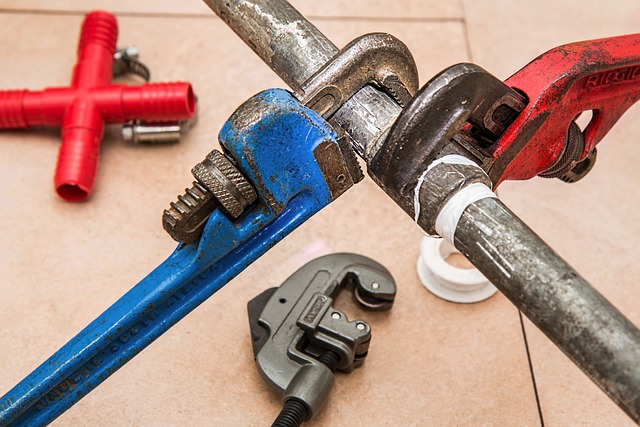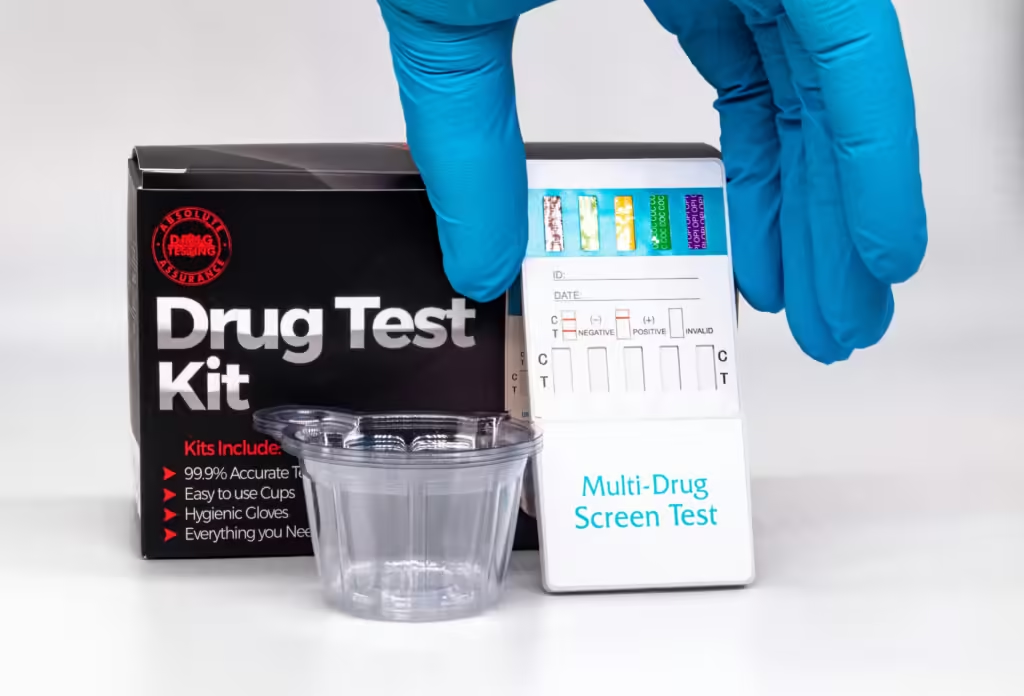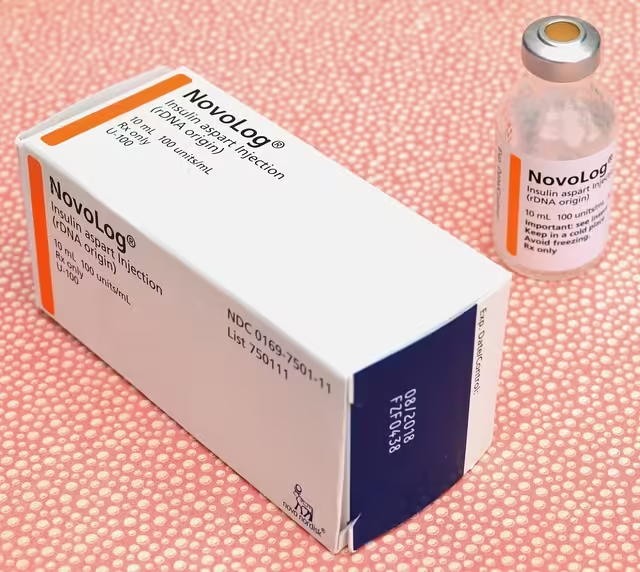If your sump pump fails, immediately check for power issues, such as a tripped circuit breaker or unplugged unit. Inspect the pump for clogs or debris, and ensure the float switch is functioning properly. If these steps don’t resolve the issue, consider using a backup pump or manually removing water to prevent flooding, and contact a professional for repairs or replacement.
A sump pump failure can be a homeowner’s nightmare, especially during heavy rains or flooding. The first step is to ensure the pump is receiving power. Check the circuit breaker to see if it has tripped, and verify that the pump is properly plugged in. If the power supply is intact, inspect the pump for any visible clogs or debris that might be obstructing its operation. The float switch, which activates the pump, should also be checked to ensure it moves freely and isn’t stuck.
If these initial troubleshooting steps don’t resolve the issue, you may need to take more immediate action to prevent water damage. A backup sump pump, either battery-operated or water-powered, can be a lifesaver in such situations. Alternatively, you can manually remove water using a wet/dry vacuum or buckets. It’s crucial to address the root cause of the failure promptly, so contacting a professional plumber or sump pump specialist is advisable. They can diagnose the problem, whether it’s a mechanical failure, a need for a replacement part, or a complete pump replacement, ensuring your home remains protected from water damage.








